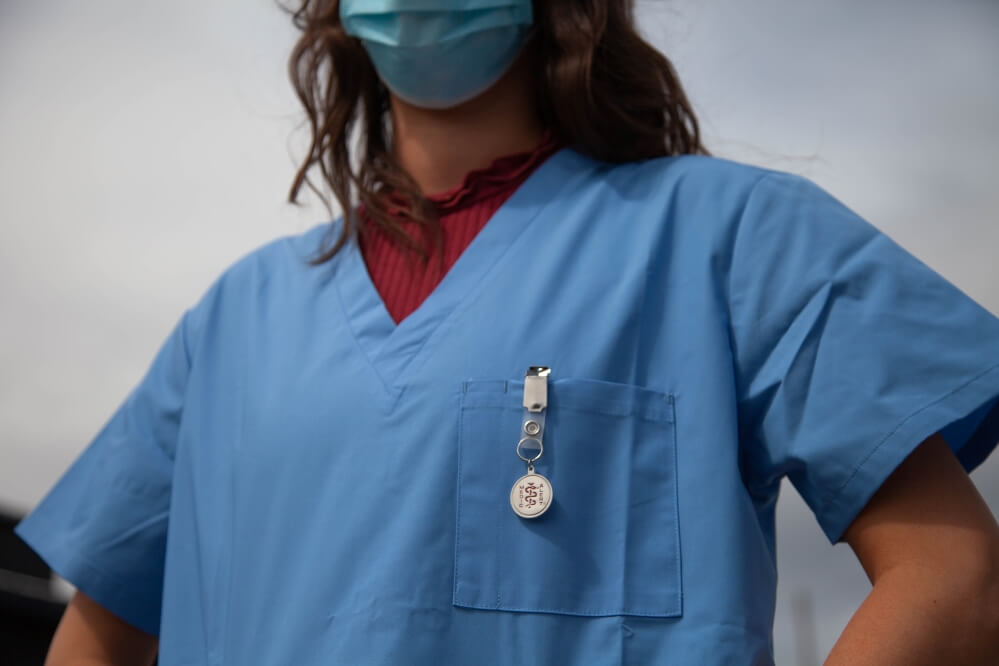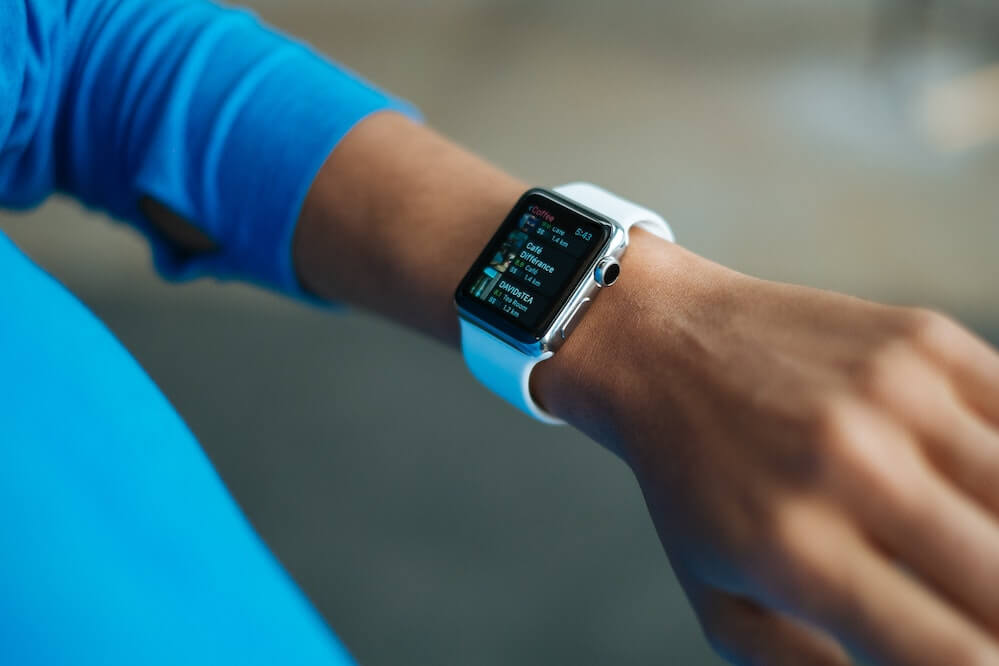Nurses are an essential part of the healthcare system, providing care and support to patients around the clock. One question that often arises when it comes to nursing is, “What do nurses wear at work?”
While the image of nurses in crisp white uniforms may come to mind, the reality is that nursing attire has evolved to meet the profession’s demands. From scrubs to lab coats and even colorful patterns and prints, nurses have various clothing options available to them.
This blog will explore the different types of clothing nurses wear and the reasons behind their choices. Whether you’re a student nurse, a practicing nurse, or simply curious about nursing attire, this blog will provide valuable insights into this essential aspect of nursing.
Nurses’ Dress Code
The dress code for nurses can vary depending on the workplace and the specific policies of the healthcare facility. However, there are some general guidelines and standards that are commonly followed by nurses across different settings, such as:
-Scrubs should be in a specific color to represent your facility and department.
-Undergarments should not show through the scrubs.
-ID badges must be visible at all times.
-Jewelry is allowed as long as it’s subtle.
-Offensive tattoos must be covered at all times.
-Head coverings are allowed as long as they’re for religious, safety, or infectious control reasons.
The Color of a Nurse’s Uniform

The color of a nurse’s uniform varies depending on the type of medical facility they work in or their role within that facility.
Although the color white used to represent the nurses’ attire, nowadays, many nurses wear light blue or green scrubs because they are easier to clean and make it easier for patients to distinguish them.
Colors also play a huge role in how we perceive the world. Because we associate green with peace, calm, and healing and light blue with trustworthiness, tranquility, and reliability, wearing these colors can invoke those positive feelings in patients.
Nurse’s Dress
The nursing attire can also be a dress. These dresses can be very comfortable and come in many types, such as zip front, mandarin collar, and striped. Before picking one, you should consult the facility’s dress code, as some facilities may require dresses to be below the knee and worn with plain stockings or tights.
Surgical Gowns
Nurses, doctors, and surgeons usually wear this medical attire during operations and in surgical units to provide extra protection against contaminants. There are other types of gowns for different purposes, such as coveralls worn when dealing with potentially infectious blood or contaminants and non-surgical gowns worn when there’s a low contamination risk but nurses still need protection.
Work Shoes
As nurses have to move around a lot to complete their tasks, they need to wear comfortable and supportive shoes. Work shoes should also be lightweight, flexible, impermeable to liquids, and slip-resistant. Nurses in emergency settings can wear clogs or athletic footwear per the facility’s policies. In contrast, nurses who work in non-emergency settings can also wear athletic sneakers in compliance with the clothing guidelines.
Medical Scrubs
The most common attire in the healthcare industry is medical scrubs, and for good reason. They are comfortable clothing made from a blend of cotton and polyester, easy to clean, and have pockets for functionality and practical purposes. When picking medical scrubs, remember that you’ll be spending a lot of time in them, so opt for options that fit you and the facility’s guidelines the best.
Disposable Medical/Surgical Gloves
In order to maintain safety and sanitary protocols, nurses are required to wear disposable gloves to prevent cross-contamination between themselves and their patients. These gloves serve as a barrier and help to protect both parties from harmful pathogens. The gloves are made from a water-resistant material, usually latex, which allows nurses to safely come into contact with potentially dangerous contaminants.
Medical gloves are an essential component of any healthcare facility and are used during various procedures such as surgeries and examinations. By using disposable gloves, healthcare professionals can ensure that they are adhering to strict hygiene standards and reducing the risk of infections and diseases spreading within the facility.
Face Masks
Face masks are crucial in healthcare facilities to protect nurses and patients from airborne pathogens and contaminants. They create a safe and sanitary work environment and are widely used in hospitals, nursing homes, clinics, and medical offices.
Medical-Friendly Watch

Throughout their shift, nurses have to manage schedules, monitor patients, perform assessments, document charts, etc. Due to these tasks requiring precise time measurement, as a nurse, you’ll need to have a medical-friendly watch.
Lately, we’ve seen a shift to smartwatches such as the Apple and Samsung Watch. These watches not only track time but also can be good health checkers for nurses as they also keep track of steps, medications, sleep schedule, and water intake. Additionally, they can replace phones as it’s often inconvenient for nurses to check their phones during working hours.
Also, when choosing a watch, remember to pick a waterproof option, as you’ll have to wash your hands multiple times during the day.
Other Helpful Accessories
-Due to the unpredictable work environment, you’ll need a few accessories to make your life easier. Some of them are:
-Click pens
-Medical scissors
-Penlight
-Stethoscope
-ID badge holder
4 Essential Factors To Consider When Choosing Nursing Clothing and Accessories
As a nurse, you’ll have to spend much of your time in your uniform, so consider the factors below when choosing the appropriate attire and accessories to make your working hours easier.
1. Protective clothing
The primary purpose of a nurse’s uniform is to protect them and their patients from germs, hazardous chemicals, bacteria, and bodily fluids. Therefore, when you pick medical clothing, you should ensure that the clothing material is easy to clean and prevents contaminants from contacting the skin.
2. Comfortable clothing
Nurses typically work 12-hour shifts, during which they spend a lot of time standing and walking. For this reason, it’s essential for nurses to wear comfortable clothing and shoes that provide ample support. When choosing nursing attire, it’s advisable to select materials that are breathable and have sweat-control features to ensure maximum comfort during long shifts.
3. Appropriate design
Another factor to consider when choosing nursing attire is the design. While most manufacturers produce items with appropriate designs according to nursing clothing guidelines, you should also check if their design properly fits your body. Remember to choose designs that cover your tattoos if the healthcare facility you work in has a strict policy regarding tattoos.
4. Storage and accessibility
As a nurse, you’ll be required to move around frequently during your shift while carrying essential tools and supplies. Therefore, it’s crucial to select clothing with sufficient pocket space to save time and keep your hands free for other tasks. By choosing nursing attire with ample storage space, you can easily access the tools you need, making your job more efficient and productive.
The Importance of Proper Clothing for Nurses

In the healthcare industry, nursing attire plays a vital role in establishing uniformity and professionalism within a facility and department. For nurses, who are in direct contact with patients and visitors, their uniforms serve an essential purpose. Here are some reasons why proper clothing and dress codes are crucial for nurses:
- Ensuring easy identification: Patients and visitors need to easily distinguish nurses from other healthcare professionals. Proper clothing and dress codes help them recognize who to approach for their healthcare needs.
- Representing the facility and department: Nurses’ attire reflects the facility and department they represent. It creates a sense of pride among nurses and promotes a positive image of the healthcare institution.
- Making a good first impression: Nurses are often the first healthcare professionals patients and visitors interact with. A well-groomed and appropriately dressed nurse can set a positive tone for the entire healthcare experience.
- Exhibiting professionalism: Nurses are expected to show professionalism in their behavior, language, and appearance. Proper attire is an essential aspect of presenting a professional image.
The Bottom Line
At the end of the day, medical professionals such as nurses need to be able to focus on their patients without being distracted by uncomfortable or impractical clothing. That’s why medical clothing and accessories are so important: they are specifically designed to help nurses perform at their best. From comfortable scrubs and sturdy shoes to practical stethoscopes and badge holders, these products are carefully crafted to meet the unique needs of healthcare workers.
But just because you’re wearing a uniform doesn’t mean you can’t express your personal style. Accessories like colorful lanyards or fun badges can add a touch of personality to your look, while different styles of scrubs can provide a unique and fashionable twist. Remember, while uniformity is important for creating a cohesive team, there’s always room to let your individuality shine through.